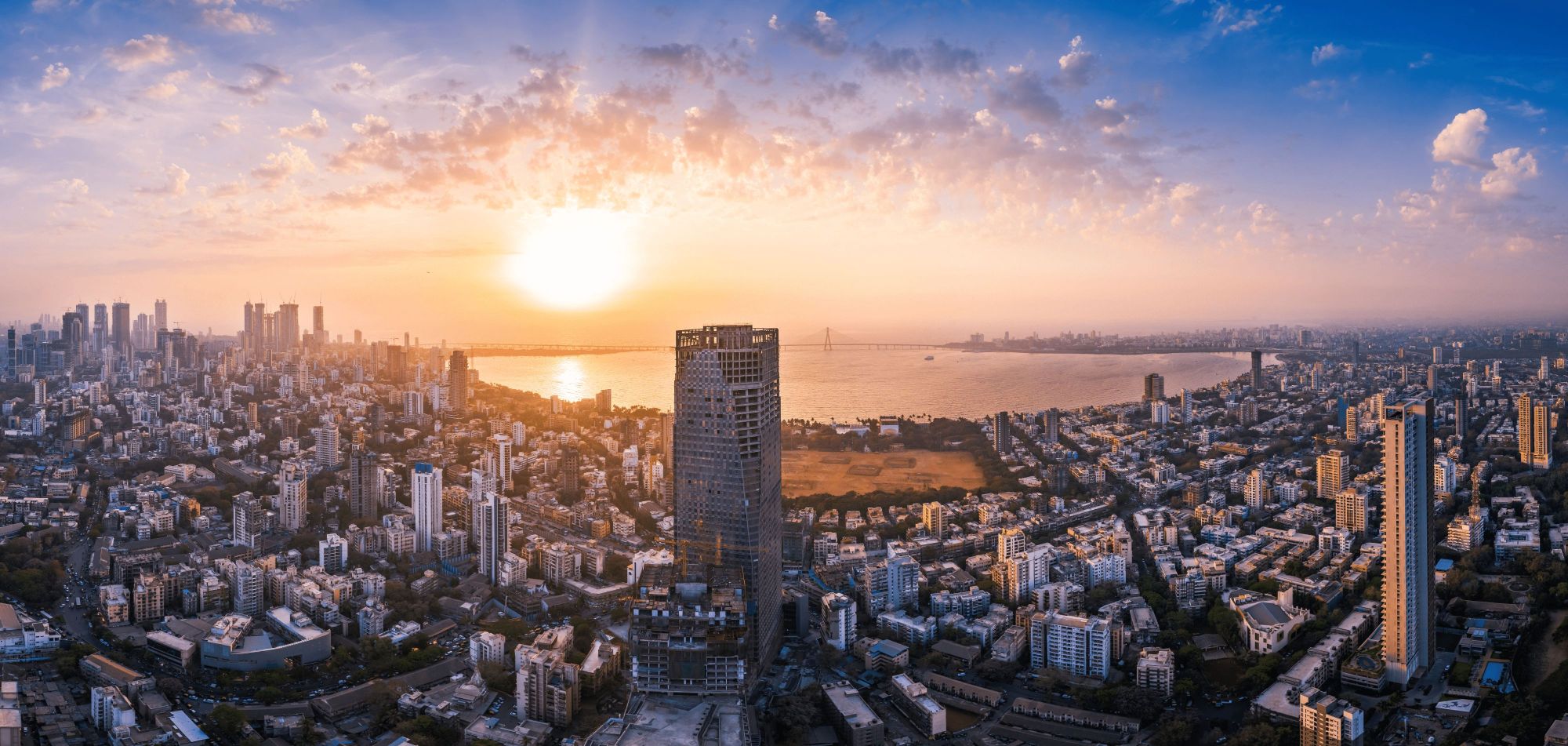Across the Globe last month 244,358 people died within a week of testing positive for COVID 19, and to meet that sad litany of anguish, governments have marshalled a series of unprecedented vaccination programmes: 470 Million people have now been vaccinated in India, at a rate of 70 every second, every minute…of every passing day. The crisis caused by the pandemic has been met at pace by deploying the best modern science has to offer in our troubled world. But it’s not the only crisis we’re facing: geopolitical emergencies aren’t after all a zero sum game. Across the planet 150 Million people were homeless in that same one month period, and 1.4 Billion were suffering from what Habitat for Humanity (www.habitat.org) euphemistically calls “inadequate shelter”: deaths from causes related to homelessness have risen for the fifth year in a row.
So what are we doing about that?
It’s not just about Resources: a Tale of Three Countries
Well, the first point to make is that this isn’t (by any means) about a lack of resources: the richest country in the world, the United States, has a current homeless population of 567,715 (bear in mind the Federal Government isn’t counting too closely), and in the United Kingdom (the sixth richest economy by GDP), the equivalent number is 44,014. A shameful 976 of these died, shivering on cold pavements, last year. The numbers sleeping rough in London (one of the richest Cities in the World) increased last year by 170%, and according to Shelter (https://england.shelter.org.uk) a fluctuating tide of more than 70,000 people have become homeless in the United Kingdom since the beginning of the pandemic, with more than a Million joining the waiting list for affordable housing.
The UK’s Ministry of Housing has pledged £700 Million to tackle rough sleeping, roughly enough to build 3,300 affordable homes, but take another look at those headline figures again: 70,000 people have become homeless in the last twelve months alone, with more than a Million waiting (sleeping on sofas, struggling in makeshift accommodation, or actually out on the streets). The government’s pledge doesn’t even get close, and sadly that shouldn’t come as any surprise given only 57,000 affordable homes were built last year…which doesn’t come close either.
Given the relaxed approach to social housing in the United States (to put it mildly), nobody should be surprised to learn the situation is even worse on the other side of the Atlantic.
But at least, half a world away, India does have a Social Housing policy: since 2015 Prime Minister Modi’s Government has been committed to an ambitious programme designed to make affordable housing shortages a thing of the past, especially in historically congested urban areas: the so-called Pradhan Mantri Awas Yojana initiative: or “PMAY” for short (https://pmaymis.gov.in). Up to the end of 2019 when the pandemic struck and made statistics more or less redundant, 10 Million new (affordable) properties had been built on the subcontinent, against a target of 10.12 Million: and poorer families could buy new homes for as little as $4,700, with loan repayments deferred for up to five years, which is exactly what “affordable” ought to mean. Joe Biden and Boris Johnson might do well to sit up and take note…
Harnessing New Technology
Having said which, if we’re to avoid stumbling from one crisis to another, ambition alone won’t be enough (even on the scale India is currently demonstrating): we need to build smarter, and we need to build faster too, and that means harnessing the power of new technologies just as we’ve done to meet the challenges of COVID 19…which is where Modular Construction comes in.
With Modular Technologies, materials are produced and delivered on demand to the construction site, so it’s much easier to build new homes (quicker) in those congested inner city areas where they’re needed most. Supply chains are more efficient too; and, as an added bonus, the whole process is also greener, because we can’t afford to forget the looming climate change crisis either (www.aprao.com).
Faster, better, greener…it ticks all the boxes for tomorrow’s, post COVID, world.
Executive Overview
It's easy, all too easy, to fail to see beyond the challenges of the pandemic: especially now we seem to be easing our way through to a lockdown free future. But the same resolve demonstrated in defeating COVID needs to be shown now in addressing challenges the virus obscured… homelessness in particular.

Find out more about growth in Indian real estate
Read More
Sign up to receive monthly insights
Our in-house monthly Industry Insights newsletter demystifies Indian real estate and offers intelligence and insights around the economy in India.
Sign up to newsletter
Your email address will not be published. Required fields are marked *

-2.jpg)
.jpg?width=500&name=shutterstock_677901256%20(1).jpg)

.jpg?width=500&name=Untitled%20design%20(7).jpg)

